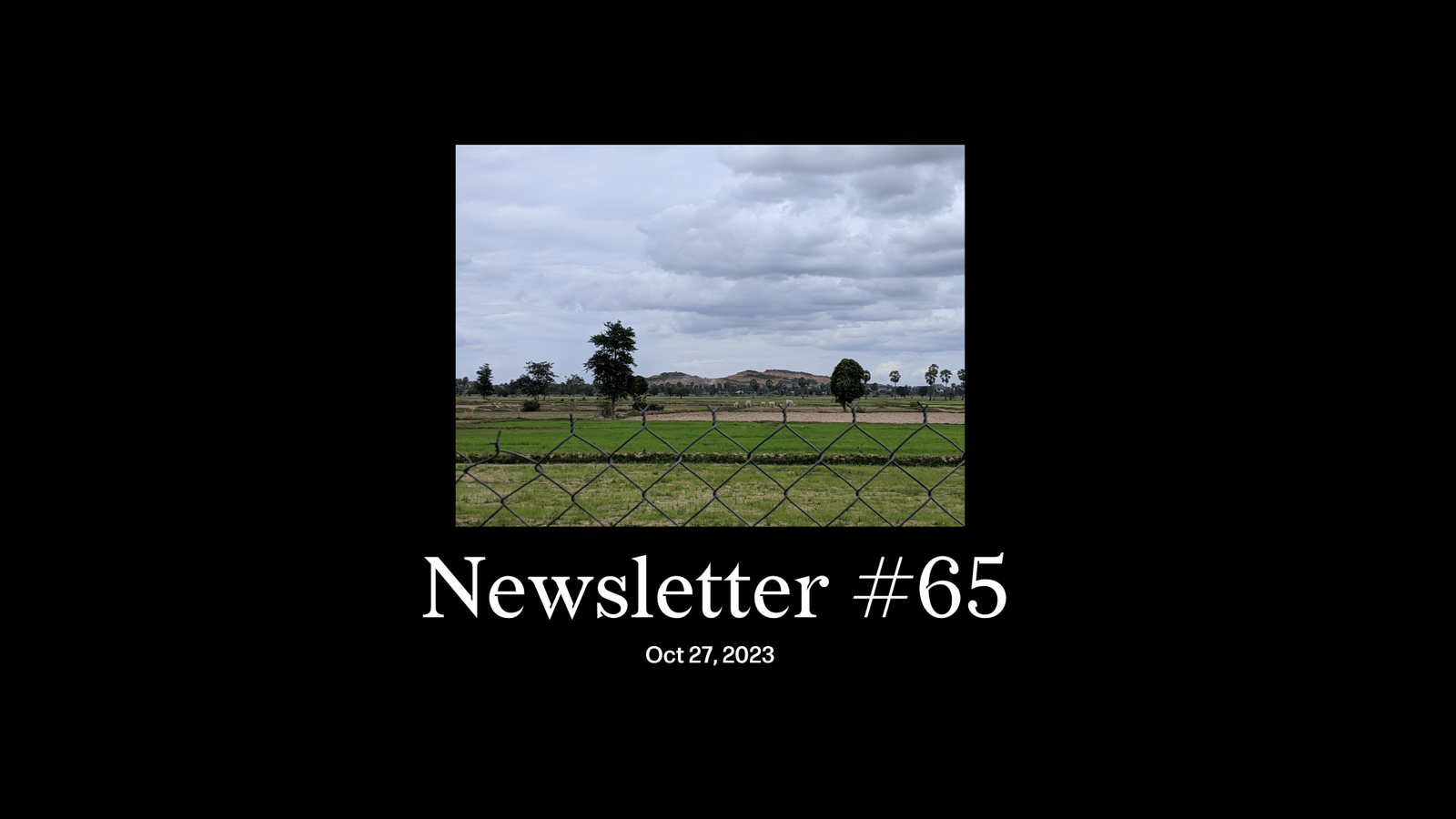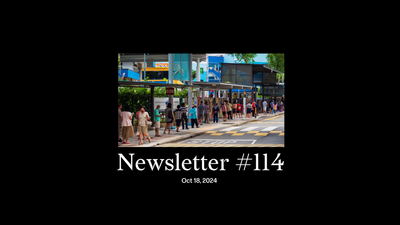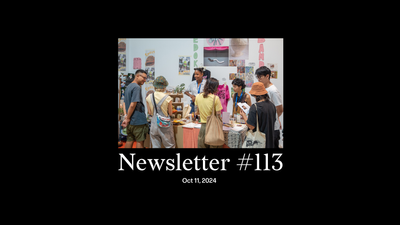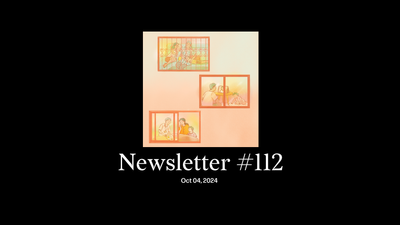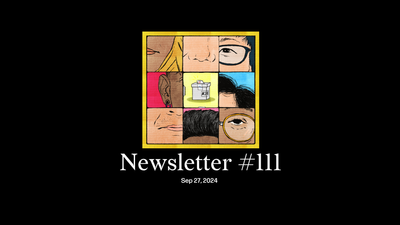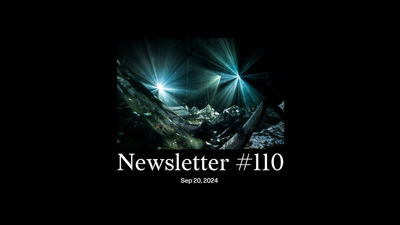Dear reader,
Today we’ve published an essay, “Magical thinking: shaping sand for our dreams”, by Aleithia Low, a peace studies graduate student at the University of Notre Dame, who’s currently in Colombia researching restorative justice, environmental justice and trauma healing in the country’s post-Peace Accords context.
It’s a story about sand. Aleithia centres the experience of the material itself, drawing on, as she told Jom when she first pitched the idea to us, “eco-criticism, posthumanism, and new materialism to demonstrate sand’s agency and entanglements with human stories and desires, hierarchies of knowledge and economic systems.”
Aleithia sent us her pitch in July, just days after Jom received its POFMA orders. At that point it was a 7,500-word academic essay that she’d written for her graduate programme. Overwhelmed by a backlog of editing work, and the need to please the arbiters of truth at the POFMA office, I was intimidated. It sat in my inbox for a while.
When I finally opened it, I was terribly impressed. Not only is there intellectual cross-pollination, as described above, but also literary. The essay combines historical and geographical analysis, personal memoir, travelogue, academic lit review, and even a response to Rachel Heng’s The Great Reclamation.
By leaning on Rachel’s work, Aleithia essentially offers us, the readers, two narrators for her story of sand: a fictional one, Ah Boon, the son of a fisherman whose relationship with sand shifts from romantic islander to pragmatic technocrat; and a non-fictional one, Aleithia herself, whose oscillation between the two islands she grew up on—Singapore and Great Britain—helped her better appreciate how we’ve inherited “...the colonial logic of extraction and exploitation.”
She continues: “Part of what has been elided are the stories of the sea and sea-going people that were corralled onto land, and made to live in concrete shoeboxes, far enough from the shore such that grains of sand could not blow in to sully the cleanly-swept floors. The enchantment of the sea and the islands around us has been lost; but it has only been replaced with another kind of magical thinking that allows us to obscure the connections between our development and the region around us.”
I’m happy that Aleithia chose to work with Jom on this piece, and appreciate her patience as we collectively whittled it down to about half its original length. It was one of my more pleasurable editing gigs this year, and now, having read it four times, I am still left with the same feeling every time: of being exposed cerebrally to new frontiers, while at the same time been re-connected emotionally to beings and non-living things that bring me joy.
Sand, oh sand.
In Singapore This Week, our weekly digest, we talk about “Topless Tony” Fernandes; Singapore’s role in the lunar extraction industry and, separately, the discussion here around nuclear energy; a new exhibit at the ArtScience Museum; and much more.
Our first blurb looks at how Singaporeans objectify and commodify our foreign domestic workers. We used Singlish-laced satire here, which I feel is often the best way to depict the absurdities of life. Yet, there’s the chance that we risk perpetuating some stereotype or normalising the use of derogatory terms. So in this week’s Jom editorial jam, some of my colleagues questioned the use of the word “Pinoy” in our blurb title.
“Bangla” and “Pinoy” occupy similar spaces, to me, in our lexicon and imagination. They’re used casually by ethnic Bangladeshis and Filipinos respectively to refer to themselves. Moreover, unlike the N-word, which we discussed in a recent newsletter, it’s generally OK for allies and friends to use “Bangla” and “Pinoy” in conversation with people from those communities. That said, it’s also quite clear that there are Singaporean xenophobes who use those words in a derogatory fashion.
How do we then provoke with satire on an urgent issue, while not unwittingly becoming part of the problem? Our compromise was to use quotation marks around the title, so it’s clear that it’s a caricature, and not our words. I think ultimately it’s also about knowing your audience, which as an editor, is much more art than science. Read the blurb, and if we’ve gotten something wrong, do reply and let me know. We’re building Jom together.
And on that note, please look out for a very special launch next week: Jom’s first-ever print issue is going on sale. For Supporters and Patrons, our middle and upper subscription tiers, your copy is guaranteed. (But do buy more for your friends!) Members who’ve been thinking about upgrading their subscription—now might be a good time. Click “Change plan” under “Account” on the top right after you’ve logged in to our site.
For everybody else, we’ve got a limited run that will go on sale next week. It’ll be ready to ship at the end of November, and will make for great Christmas gifts as well, more so given the red in the cover, designed by Marie Toh, long-time Jom collaborator.
I do hope that Jom is around for decades to come, and that we eventually publish lots of physical material, from quarterlies to books, around South-east Asia. But there’ll only ever be one first, so look out for that next Friday.
What to do this weekend? Let Aleithia and Ah Boon keep you company.
Jom baca,
Sudhir Vadaketh
Editor-in-chief, Jom
If you've enjoyed our newsletters, please scroll to the bottom of this page to sign up to receive them direct in your inbox.

